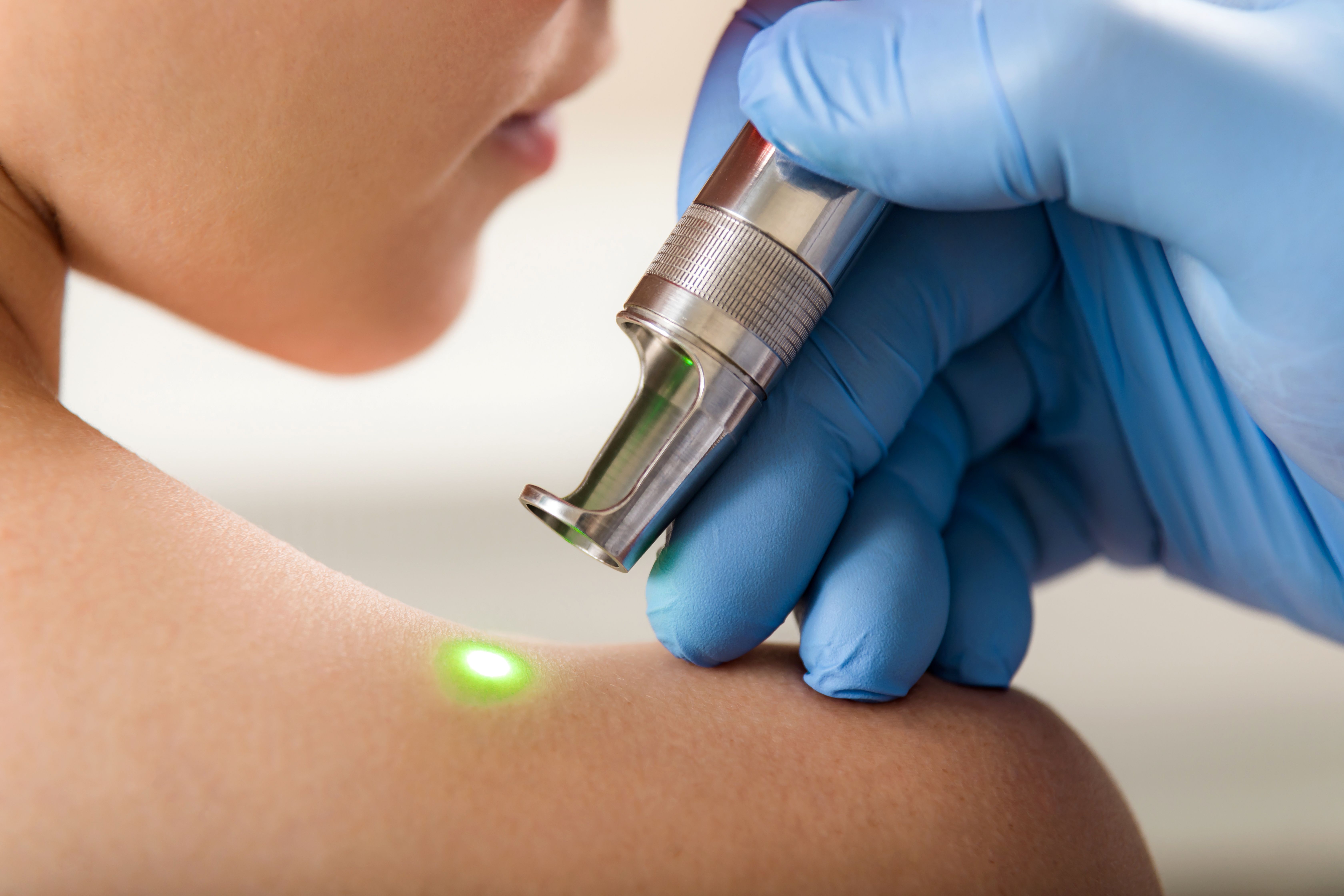- Acne
- Actinic Keratosis
- Aesthetics
- Alopecia
- Atopic Dermatitis
- Buy-and-Bill
- COVID-19
- Case-Based Roundtable
- Chronic Hand Eczema
- Drug Watch
- Eczema
- General Dermatology
- Hidradenitis Suppurativa
- Melasma
- NP and PA
- Pediatric Dermatology
- Pigmentary Disorders
- Practice Management
- Precision Medicine and Biologics
- Prurigo Nodularis
- Psoriasis
- Psoriatic Arthritis
- Rare Disease
- Rosacea
- Skin Cancer
- Vitiligo
- Wound Care
Article
4 Valuable off-label aesthetic approaches
Author(s):
Off-label product use is fairly common in aesthetics and plays a key role in advancing treatment practices in the specialty. Dr. Amy Foreman Taub explains the four she uses on a regular basis.
Dr. Taub

Off-label product use is fairly common in aesthetics and plays a key role in advancing treatment practices in the specialty.
At the 2019 Cosmetic Surgery Forum, Amy Foreman Taub, M.D., Glencoe, Ill., founder and medical director of Advanced Dermatology, discussed four off-label approaches she uses safely and effectively on a regular basis.
1927 Laser for AK
Though technically not an off-label approach, Dr. Taub says using a 1927 laser is not typically used to treat actinic keratosis (AK).
“This laser has been approved by the FDA for actinic keratosis, so technically, it's not really off label, but most people don't use it for that,” she says.
Noting that she is a big proponent of field therapies like photodynamic therapy, the varying response and discomfort associated with the therapy make options like the 1927 laser a good alternative choice for AK treatment.
“I started to use the 1927 laser, and… my patients were actually happier with the whole process because they didn't have a lot of pain, the post-operative course was much more consistent from treatment to treatment and patient to patient,” she says.
1927 Laser for Hair Loss
For hair loss, Dr. Taub also uses a 1927 laser.
“… in this case, we're using it to increase the absorption of a topical product. The topical product in question is a proprietary growth factor solution for androgenetic alopecia,” she says.
The number and quality of growth factors in platelet rich plasma (PRP), which is commonly used in hair loss treatments, vary from person to person, creating the possibility of inconsistencies in treatment, Dr. Taub says. Instead, she says, by using manufactured growth factors, there is more control.
“Only in the last few years have we been able to actually make biomimetic or manufactured growth factors. You can control the dosage, you can control the quantity of each growth factor and you can pick just what's good for hair loss, and then you can put it into a solution,” she says.
HA in the Gonion-Earlobe Vector
Though widely practiced, Dr. Taub uses a high G Prime hyaluronic acid filler off label in the gonion and from the gonion up to the earlobe.
She uses this approach to diminish the appearance of jowls in her older female patient population.
“We've used cheek injections to pull everything up, but also when we pull it up and pull it back, I've been noticing a lot of improvement,” she says.
Sculptra for Arm Crinkles
For use under the arm, Dr. Taub says she uses hyper dilute Sculptra with great success.
“Hyper dilute Sculptra under the arm where there's a lot of crinkling is also being used a lot, but I found that to be incredibly successful and often with just one vial of solution. And it's a big patient pleaser,” she says.
Newsletter
Like what you’re reading? Subscribe to Dermatology Times for weekly updates on therapies, innovations, and real-world practice tips.















